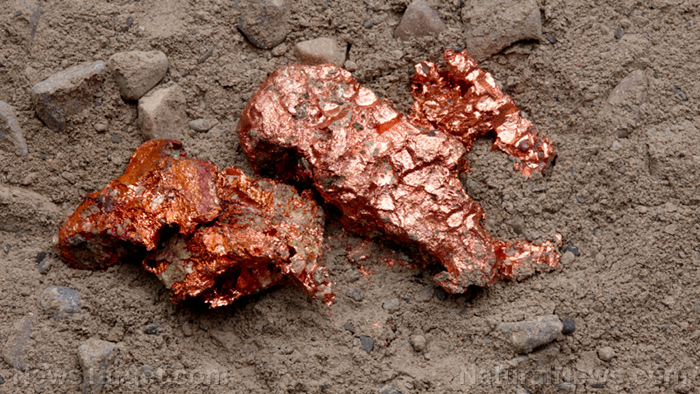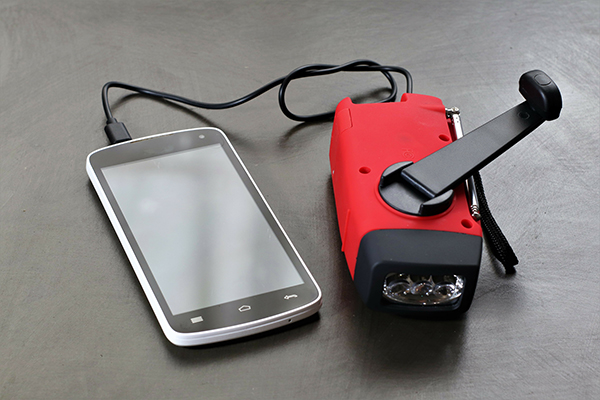
A multi-institute effort has recently announced success at improving lithium-ion battery technology. In an article in Science Daily, they reported that a combination of aggressive electrodes and special electrolytes could greatly increase the amount of energy that can be stored in a rechargeable battery.
This technological breakthrough arrives as the existing generation of lithium-ion batteries have hit the peak of their natural storage capacity. If successfully applied to electric cars, drivers will be able to cover more miles on a single charge.
The improved lithium-ion battery is the product of a joint project between the University of Maryland (UMD), the U.S. Army Research Laboratory (ARL), and Argonne National Laboratory (ANL). The researchers released their findings in the journal Nature Nanotechnology.
UMD researchers Xiulin Fan and Long Chen served as the co-first authors of the report. They developed a special electrolyte that could stabilize a highly reactive lithium-metal anode.
The result is an electric battery that doesn't just have superior storage capacity; it can also be recharged numerous times without degrading its ability to deliver a steady, high discharge of electrical power.
A car fitted with this rechargeable battery technology will be able to maintain the same driving range on a single charge for many recharge cycles over many years. (Related: German aerospace expert says that electric planes may be in our very near future.)
Aggressive materials are capacious but volatile
The researchers tested this by running their prototypes through a thousand charge cycles. They reported that the special electrolytes maintained an "unprecedented" 93 percent capacity for the battery.
The prototype batteries are the size and shape of button cells, the same as the ones used in watches. The researchers and their industry partners are currently adapting the electrolytes to a full-sized, high-voltage battery.
The lithium-metal anode and the high-voltage cathode of the new battery are both made of aggressive materials. These materials have very strong reactions when they come into contact with other materials.
Aggressive materials can store a significant amount of energy, but they also tend to "consume" their partner elements or materials. In order to use them as safe energy storage systems, they need electrolytes that can manage their reactions.
Fluorine-based electrolytes can keep aggressive materials stable for use as batteries
UMD researcher Chungseng Wang and his counterparts Kang Xu at ARL and Khalil Amine at ANL came up with electrolyte materials for rechargeable batteries. They did this by studying and testing every element on the periodic table to see which ones were the best suited for handling aggressive materials.
The electrons are arranged differently in each element. Wang's team tested how these unique chemical structures could help or hinder their battery.
"The aim of the research was to overcome the capacity limitation that lithium-ion batteries experience," explained Wang. "We identified that fluorine is the key ingredient that ensures these aggressive chemistries behave reversibly to yield long battery life. An additional merit of fluorine is that it makes the usually combustible electrolytes completely unable to catch on fire."
They showed video records of battery cells made from non-fluorine electrolytes that suddenly caught fire during their experiment. However, their fluorine battery never once caught fire, showing that the fluorine-based electrolytes were able to prevent the out-of-control reactions.
"You can find evidences from literature that either support or disapprove fluorine as good ingredient in interphases," said Xu. "What we learned in this work is that, in most cases it is not just what chemical ingredients you have in the interphase, but how they are arranged and distributed."
For more articles on new materials that can improve the lifespan and capacity of lithium-ion batteries, visit Discoveries.news.
Sources include:
Please contact us for more information.





















